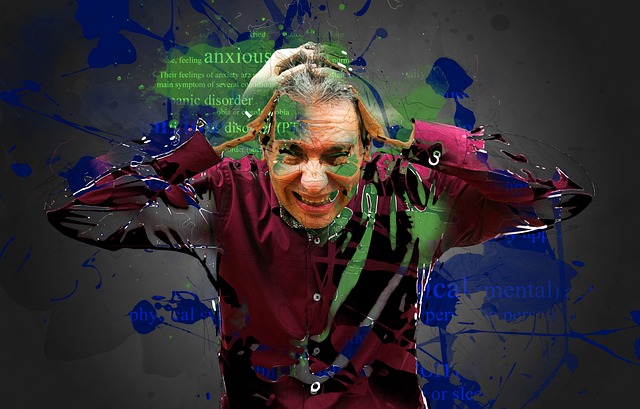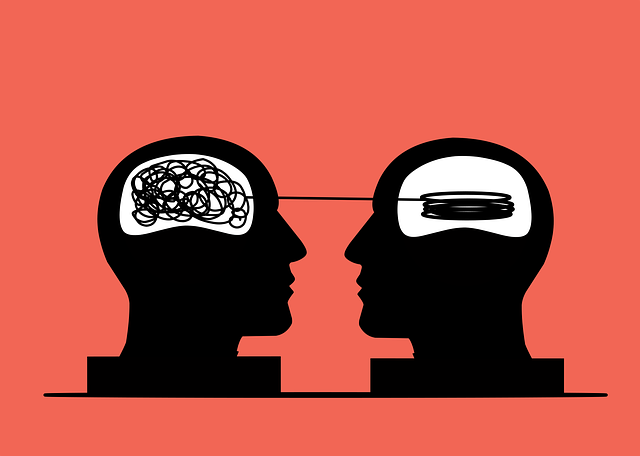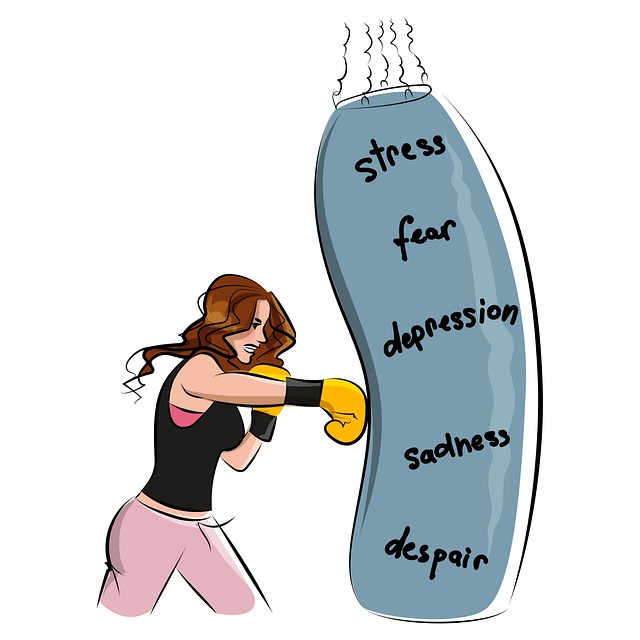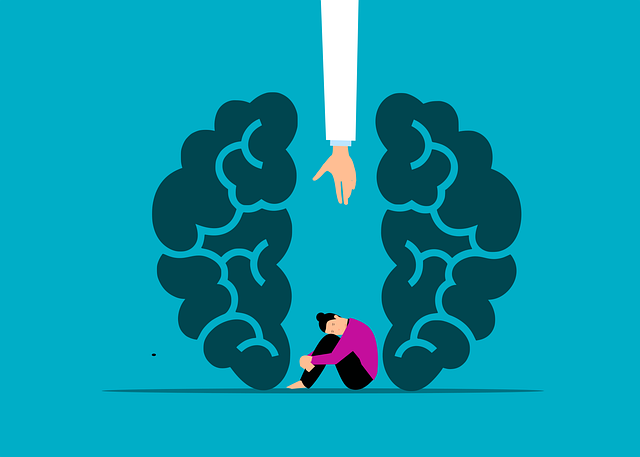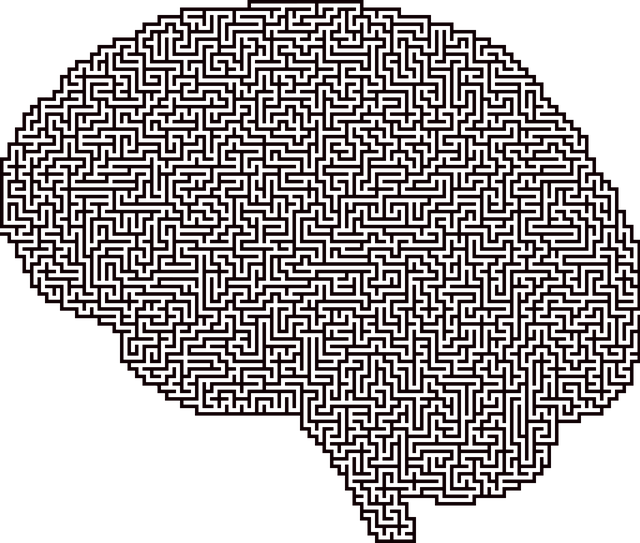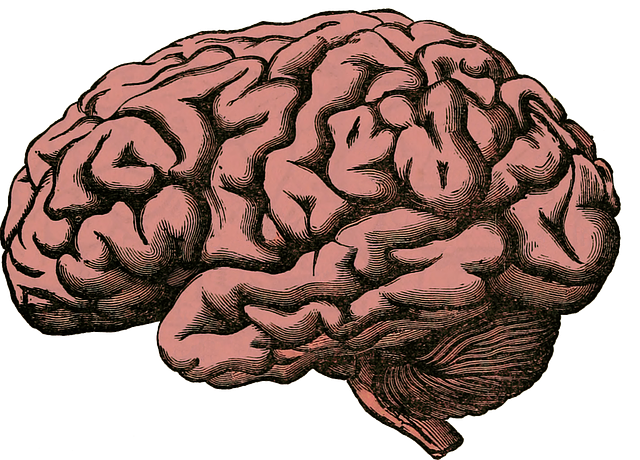Mental wellness apps, like Lakewood EMDR Therapy, offer accessible tools for stress and anxiety management, leveraging evidence-based practices such as CBT and mindfulness. These apps utilize bilateral stimulation techniques from EMDR to process traumatic memories, providing personalized healing journeys. A comprehensive mental wellness app includes features for professional therapy, mood tracking, resilience building, burnout prevention, self-care practices, and adaptable interfaces accessible to all users. Effective marketing strategies, leveraging digital tools and community engagement, reach target audiences while fostering a supportive environment for long-term use.
In today’s digital age, mental wellness app development is revolutionizing access to psychological support. As awareness of mental health issues grows, so does the demand for innovative solutions like Lakewood EMDR Therapy, proven effective in treating trauma through eye movement desensitization and reprocessing. This article navigates the process, from understanding mental wellness and its impact to designing user-centric experiences and marketing strategies. Discover key features, accessibility guidelines, and monetization insights for creating a comprehensive mental health app that makes a tangible difference.
- Understanding Mental Wellness and Its Impact: Setting the Stage for App Development
- Lakewood EMDR Therapy: Unlocking the Potential of Eye Movement Desensitization and Reprocessing
- Key Features to Consider for a Comprehensive Mental Health App
- Designing User-Centric Experiences: Ensuring Accessibility and Engagement
- Marketing and Monetization Strategies for Mental Wellness Apps: Reaching Your Target Audience
Understanding Mental Wellness and Its Impact: Setting the Stage for App Development

Mental wellness encompasses an individual’s emotional, psychological, and social well-being, influencing their overall health and daily functioning. It involves managing stress, cultivating positive thoughts, and fostering healthy relationships. In today’s fast-paced world, where burnout is a prevalent concern, especially among healthcare providers, the impact of poor mental wellness can be severe. Understanding these nuances sets the stage for developing effective digital tools like Lakewood EMDR Therapy apps.
Apps focused on mental wellness play a crucial role in promoting emotional regulation and enhancing emotional well-being promotion techniques. By offering accessible resources and personalized guidance, they can help users navigate stress, anxiety, and other mental health challenges. Incorporating evidence-based practices such as mindfulness exercises, cognitive behavioral therapy (CBT) techniques, and burnout prevention strategies for healthcare providers, these apps have the potential to revolutionize self-care practices, making them more convenient and effective.
Lakewood EMDR Therapy: Unlocking the Potential of Eye Movement Desensitization and Reprocessing

Lakewood EMDR Therapy represents a groundbreaking approach within mental wellness app development, focusing on Eye Movement Desensitization and Reprocessing (EMDR). This therapeutic technique harnesses the power of bilateral stimulation—often through side-to-side eye movements—to help individuals process traumatic memories and reduce associated distress. By integrating Lakewood EMDR into digital mental health platforms, developers can unlock profound potential for emotional well-being promotion.
Designed with precision, these apps facilitate a structured yet personalized journey towards healing. They guide users through sessions tailored to their unique needs, ensuring effective engagement with the EMDR process. Moreover, combining EMDR with other evidence-based practices in mental health education programs design can lead to enhanced therapeutic outcomes. This holistic approach, combined with emotional well-being promotion techniques and mental wellness coaching programs development, promises transformative experiences for users seeking support in their mental wellness journeys.
Key Features to Consider for a Comprehensive Mental Health App

A comprehensive mental wellness app should offer a diverse range of features to cater to various aspects of users’ psychological well-being. Key functionalities include access to professional therapy services, such as Lakewood EMDR Therapy, for treating specific conditions like trauma or anxiety disorders. Incorporating tools for tracking mood and emotions allows users to identify patterns and triggers, fostering self-awareness.
Additionally, the app should promote resilience building through activities enhancing mindfulness, stress management, and positive coping mechanisms. Burnout prevention strategies like guided meditation sessions and daily check-ins can help users maintain a healthy work-life balance. Self-care practices, such as journaling prompts and virtual relaxation exercises, further contribute to the overall mental wellness experience, empowering individuals to take control of their psychological health in today’s fast-paced world.
Designing User-Centric Experiences: Ensuring Accessibility and Engagement

In the realm of mental wellness app development, designing user-centric experiences is paramount. It involves creating interfaces that cater to individual needs and preferences, ensuring accessibility for all users, regardless of their background or abilities. For instance, incorporating features like adjustable text sizes, high-contrast modes, and voice guidance can significantly enhance usability for those with visual impairments, mirroring the therapeutic benefits of Lakewood EMDR Therapy accessible to a broader audience.
Engagement is another critical aspect. Apps should offer interactive elements that foster emotional regulation and stress management, such as personalized journaling exercises or mindfulness meditations. Incorporating these practices aligns with the goals of organizations like Stress Management Workshops, which promote proactive mental wellness strategies. By balancing accessibility and engaging content, developers can create apps that not only cater to individual users but also contribute to a more holistic and supportive mental wellness ecosystem.
Marketing and Monetization Strategies for Mental Wellness Apps: Reaching Your Target Audience

Marketing and monetization strategies for mental wellness apps are as vital as the therapy they provide. Reaching your target audience requires a nuanced approach that combines digital marketing prowess with compassion cultivation practices. Leveraging social media platforms, content marketing, and search engine optimization (SEO) can effectively spread awareness about your app, targeting individuals seeking support for various mental health concerns, from stress management to anxiety disorders or even EMDR therapy in Lakewood.
Focusing on reducing the stigma associated with mental illness through engaging narratives, educational content, and user testimonials can attract users who have been reluctant to seek professional help. By incorporating these elements, your app becomes more than a tool—it becomes a community that fosters understanding and support. This strategy not only helps in acquiring users but also ensures long-term engagement by creating a sense of belonging and compassion cultivation practices tailored to their specific needs.
The development of mental wellness apps, such as those incorporating innovative techniques like Lakewood EMDR Therapy, presents a promising avenue to enhance accessibility and engagement in mental healthcare. By focusing on user-centric design, comprehensive feature sets, and effective marketing strategies, developers can create powerful tools that support individual well-being. Integrating evidence-based practices like EMDR into digital platforms has the potential to revolutionize mental health care, making it more accessible and engaging for a wider audience.
